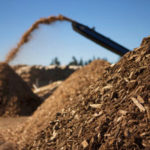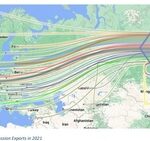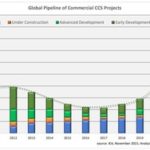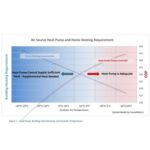FutureMetrics paper addresses the biomass carbon debt fallacy
Energy Disrupter
ADVERTISEMENT
FutureMetrics on Sept. 9 published a new white paper revisiting the flawed assumption that there is a carbon debt after wood is harvested and explaining why some academics continue to perpetuate the carbon debt fallacy.
The paper, authored by FutureMetrics Founder and President William Strauss, references the “infamous Manomet study” on carbon debt that “had several critical errors that were addressed in a series of four FutureMetrics white papers in 2011.” Since then, other FutureMetrics papers, and numerous other publications have demonstrated “that there is no carbon debt if fundamental sustainability criteria form the basis for the management of the forest landscape,” Strauss wrote. “Yet to this day, and sometimes by academics with PhD’s after their names, the carbon debt fallacy is perpetuated.”
According to Strauss, the core of the carbon debt story is a failure to grasp the dynamic nature of the growing working forests that are managed to produce the raw materials needed for the production of a wide variety of commodity items, such as building materials, paper, tissue, packaging and biochemicals.
“Carbon debt proponents essentially believe that a single tree represents the forest at large,” Strauss explains. “That single tree’s sequestered carbon is removed when it dies and rots or, in managed working forest, is harvested. It then takes decades for a new tree to replace that one. In the meantime, there is a carbon debt.
“Carbon debt proponents believe that if part of the tree is used to produce heat and/or power, that the carbon dioxide released in combustion has to wait for the new tree to grow to cancel the debt,” he explains. “This very narrow and non-dynamic view of forests does not allow the carbon debt proponents to acknowledge the fact that in aggregate, the forest’s total stock of sequestered carbon is not depleted as long as the growth rate of the forest is greater than or equal to the drain rate.”
The paper stresses that with properly managed forests, there is no carbon debt. Furthermore, biomass energy with carbon capture and storage (BECCS) is carbon negative.
A full copy of the white paper can be downloaded from the FutureMetrics website.
















